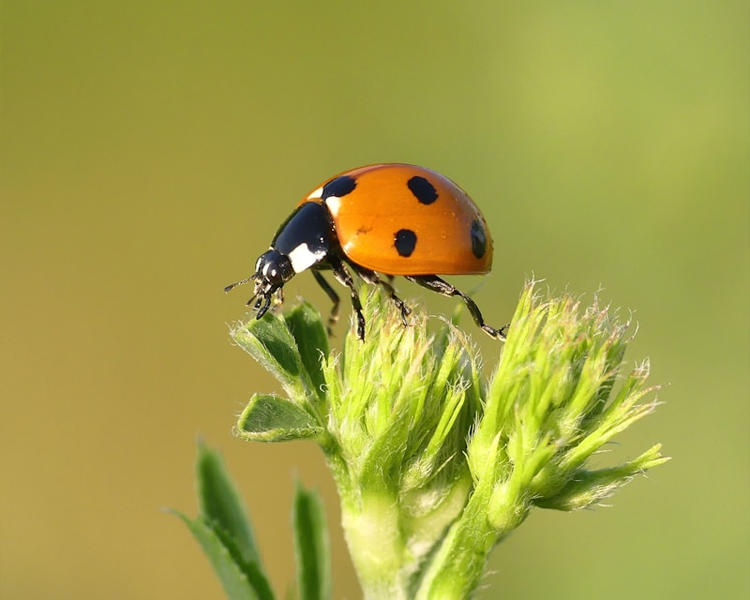Introduction
Crop pests pose a significant threat to agricultural productivity, leading to reduced yields and financial losses for farmers. Effective pest control is crucial to maintaining healthy crops and ensuring food security. This blog explores the top five most common crop pests and provides practical strategies for managing them sustainably.
1. Aphids
Aphids are small, sap-sucking insects that weaken plants by extracting essential nutrients. They reproduce quickly and can spread viral diseases.
Signs of Infestation:
- Yellowing or curling leaves
- Sticky honeydew residue
- Presence of ants feeding on honeydew
Control Methods:
- Encourage natural predators like ladybugs and lacewings
- Use neem oil or insecticidal soap sprays
- Implement companion planting with garlic or marigold to repel aphids
2. Caterpillars (Lepidopteran Larvae)
Caterpillars, including armyworms and cutworms, feed on plant leaves, stems, and fruits, leading to significant damage.
Signs of Infestation:
- Holes in leaves or missing foliage
- Presence of frass (caterpillar droppings)
- Wilting or severed seedlings
Control Methods:
- Handpick caterpillars off plants
- Use Bacillus thuringiensis (Bt), a natural biopesticide
- Introduce beneficial insects like parasitic wasps
3. Whiteflies
Whiteflies are tiny, winged insects that feed on plant sap and transmit viral diseases.
Signs of Infestation:
- Wilting or stunted growth
- Sticky honeydew leading to sooty mold
- Swarming tiny white insects when disturbed
Control Methods:
- Introduce natural predators such as ladybugs and lacewings
- Use yellow sticky traps to catch adult whiteflies
- Spray plants with a mixture of neem oil and water
4. Root-Knot Nematodes
Root-knot nematodes are microscopic worms that attack plant roots, causing galls and stunted growth.
Signs of Infestation:
- Stunted or yellowing plants
- Swollen, knotted roots
- Wilting despite adequate watering
Control Methods:
- Rotate crops to prevent nematode build-up
- Use resistant crop varieties
- Apply organic soil amendments like compost and neem cake
5. Grasshoppers
Grasshoppers consume large amounts of vegetation, causing defoliation and significant yield losses.
Signs of Infestation:
- Ragged leaves with missing sections
- Visible swarms of grasshoppers in fields
- Sudden crop loss in localized areas
Control Methods:
- Use natural predators like birds and frogs
- Apply botanical insecticides like neem extract
- Encourage habitat diversification with trap crops
Conclusion
Managing crop pests effectively requires a combination of proactive monitoring and sustainable control methods. By integrating biological controls, natural predators, and eco-friendly pesticides, farmers can minimize damage while maintaining environmental balance. Adopting these pest management strategies ensures healthier crops and improved agricultural productivity for the future.



